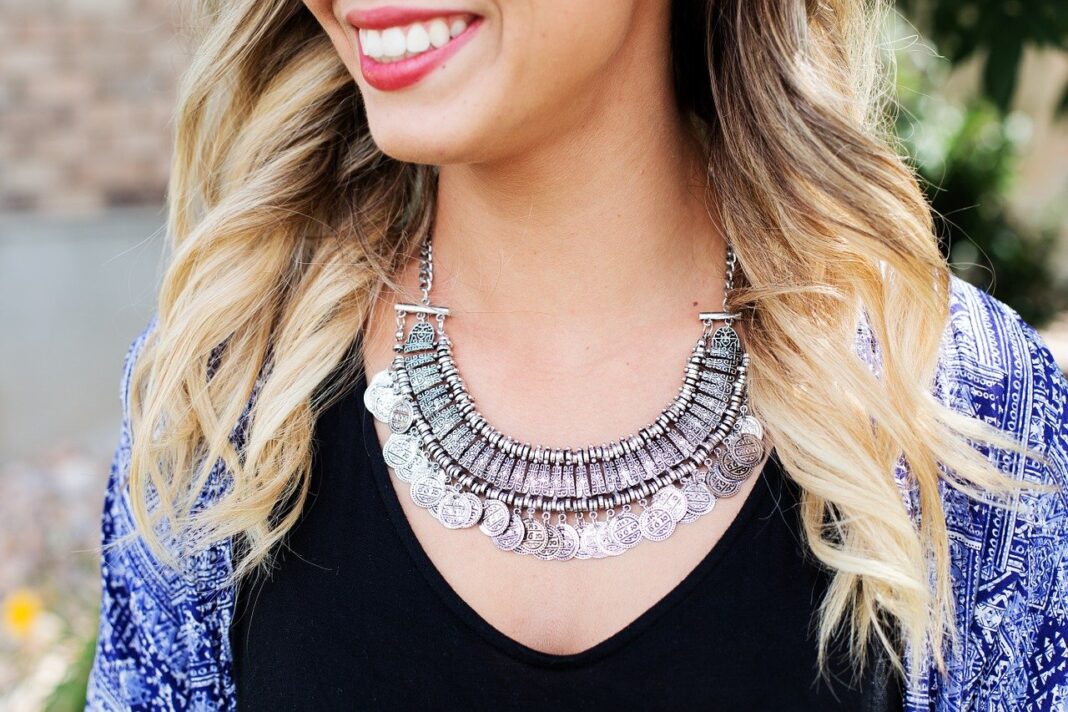Jewellery often comes with detailed engravings on it. From small flowers and diamonds to the pearls that are tiny in themselves. This has even increased now by the trend of the minimalist approach to jewellery. However, its roots are still formed back in time, in handmade jewellery by artists, as are jewellery findings in our age. Jewellery makers have used jewellery findings for a long time, but individual artists are getting fascinated now by the idea of simple detachable jewellery. This article aims to present a detailed guide on jewellery Findings and their functions and types.
What are jewellery Findings?
A person who is new to jewellery-making may still have to learn about it, but they have been long in use through centuries. They get their name from the pieces of leftover metals that artists had to find while making them in the end. Their handpicked, leftover metal pieces came to be known by this name. Though they can be bought ready-made these days, their functions are still just as important.
Heavy jewel items are connected through them. Findings are small bits and bobs that hold your jewellery together. These components exclude beads, gemstones, or stringing materials and consist of bails, clasps, jump rings, or head and eye pins. They come in many different metals, from gold to copper.
Types of Findings and Their Uses
● Bails
Bails are the simplest form of findings available to attach jewellery. These are used to join together a focal bead or any other component and a chain to make a pendant or a small necklace. Bails rid you of metalsmiths or soldering techniques.
● Bead Caps
Bead Caps are known for their handy nature in jewellery-making. These dress up the beads while also giving them a decorative detail or hide any dents and imperfections. When placed on either end of a bead when stringing, they hide a loose end too. One can also wear a plain bead as a focal piece to a pendant by the simple addition of a bead cap.
● Jump Rings
These are the most common connectors used in jewellery making. The jump rings often come in round shape, but ovals jump rings are also available. Open and closed jump rings are the two types there are.
They don’t have much difference in size or quality except that open jump rings can easily change jewellery since their circles can be opened. Whereas closed jump rings are suited for heavy jewellery as they are closed tight and have less risk of loosening.
● Chandeliers
Chandeliers provide an easy way to attach earrings. Earrings that aren’t dangly can be made dangly by these chandeliers to the connecting holes in order to increase their length. The top hole can give space for an ear wire too.
● Earwires
These are, of course, for earrings as the wire itself is attached to the piercing in the ears. In addition, beads, chandeliers, and even buttons are to be attached to the connecting hole for a variety of styles.
● Head and Eye Pins
Head and Eye Pins can be used along with beads to make pieces for bracelets, necklaces and other jewellery. The length of the pin allows us to loop together with a few beads and attach it to other findings. The end ball is supposed to stop the loop from opening.




